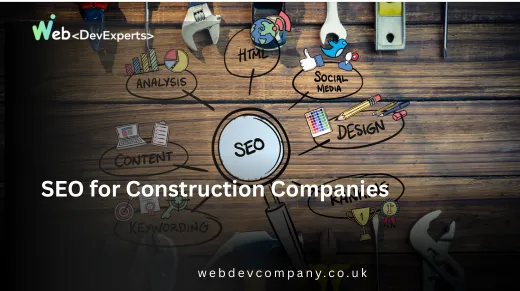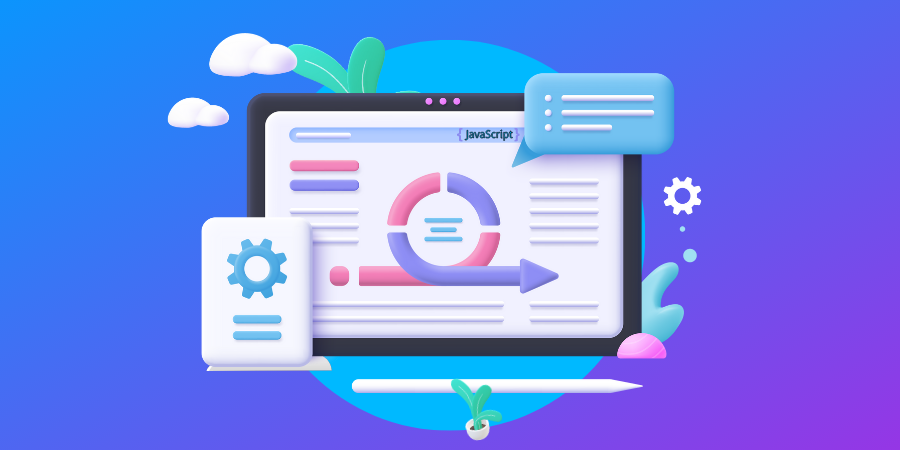Introduction
In a world where nearly every business has some form of online presence, standing out can be the difference between success and failure. That’s where Web Design And Digital Marketing step in. These two concepts are more than industry jargon — they’re powerful tools that determine how well your brand connects with people in the digital space.
Let’s dive into why Web Design And Digital Marketing are essential and how they can be harnessed to build trust, grow visibility, and skyrocket conversions.
What Is Web Design?
Before we get too deep, let’s clarify what we mean by web design. It’s not just about how your site looks. It’s about how it functions. Great web design involves thoughtful layout, user-friendly navigation, fast loading speed, responsive features, and consistency in visual identity.
When you visit a site that feels easy to use, looks modern, and guides you exactly where you want to go — that’s no accident. It’s the product of effective Web Design And Digital Marketing working together.
What Is Digital Marketing?
Digital marketing includes all the online efforts used to connect with customers and prospects. This includes search engine optimization (SEO), content marketing, social media campaigns, email marketing, and paid ads. Without digital marketing, even the most beautifully designed website can remain invisible to the people who matter most.
In a nutshell, Web Design And Digital Marketing are partners. One draws attention; the other keeps it. You need both to succeed.
Why They Matter More Than Ever
Let’s face it — consumer behavior has changed dramatically. Most people search online before they shop, book services, or even decide what restaurant to try. If your website doesn’t catch their eye or give them the confidence they’re in the right place, they’ll move on to your competitors.
This is why Web Design And Digital Marketing should be seen as an investment, not an expense.
A Tale of Two Websites: An Anecdote
Let me tell you a quick story about two small business owners, Mark and Reena.
Mark owned a fitness studio. His website was thrown together in a rush. It looked outdated, wasn’t mobile-friendly, and the contact form didn’t even work. He thought as long as he had a site, that was good enough.
Reena, on the other hand, also ran a fitness studio but chose to invest in professional Web Design And Digital Marketing. Her site was sleek, mobile-friendly, and had calls-to-action that guided visitors to book classes. She even ran a few local digital ads to promote her bootcamps.
Fast forward six months: Reena’s studio had waiting lists. Mark’s traffic was stagnant. The difference? Reena understood how powerful Web Design And Digital Marketing could be when done right.
First Impressions Count
Your website is often your first chance to make a good impression. Studies show that it takes users less than a second to decide whether they like a site or not. That means your homepage, your colors, your fonts, your buttons — they all play a role in that snap judgment.
Without good Web Design And Digital Marketing, you risk losing customers before they even know what you offer.
The Customer Journey Starts Online
Today’s buyer is smarter and more informed. Before making a decision, they’ll likely search online, read reviews, scroll through your site, and compare prices.
Web Design And Digital Marketing guide this journey:
- Digital marketing draws them in with ads or organic content.
- Web design makes sure they stay by offering a seamless, trustworthy experience.
This is where conversion happens.
The SEO Connection
Search engines like Google rank sites based on hundreds of factors. You may not realize it, but your web design affects many of these. Page speed, mobile responsiveness, and structured content are all design elements that impact SEO.
Meanwhile, digital marketing efforts like content creation and backlink strategies also influence rankings. When your Web Design And Digital Marketing are aligned, your visibility increases — and so does your traffic.
Visual Appeal Builds Trust
Let’s say you visit two websites. One is cluttered, confusing, and looks like it hasn’t been updated in years. The other is clean, modern, and intuitive. Which one would you trust?
Chances are, the second one.
That’s the power of design. Combined with a well-targeted marketing message, it creates credibility. People buy from brands they trust, and Web Design And Digital Marketing build that trust.
Step-by-Step: How to Improve Your Online Presence
Step 1: Audit Your Website
Take a critical look at your current site. Is it fast? Mobile-friendly? Easy to navigate? A design audit can help you spot areas for improvement.
Step 2: Understand Your Audience
Create customer profiles to understand who you’re speaking to. Their age, interests, pain points, and goals will guide both your web design and digital marketing strategy.
Step 3: Build or Redesign Your Website
Use a layout that supports your goals. For example, if you want more leads, your design should highlight contact forms or booking options.
Step 4: Launch Digital Campaigns
Now that your site is ready, drive traffic to it. Use email marketing, SEO-optimized blog posts, or paid social ads to spread the word.
Step 5: Analyze and Improve
Use analytics tools to track what’s working. If people visit your site but don’t take action, refine your design and marketing based on real data.
Mobile Responsiveness: A Deal Breaker
More than half of web traffic comes from mobile devices. If your site doesn’t adapt to smaller screens, you’re losing a huge segment of your audience.
Modern Web Design And Digital Marketing strategies ensure your website looks and performs great on any device — smartphone, tablet, or desktop.
The Power of Branding Through Design
Every color, shape, and font on your site communicates something about your brand. Is your style playful or professional? Friendly or high-end? Minimalist or bold?
Design tells your story visually. When combined with strategic messaging and marketing campaigns, Web Design And Digital Marketing bring your brand personality to life.
Real-World Results: Another Quick Story
Sam runs a custom furniture shop. For years, he relied on word-of-mouth. Business was okay, but it wasn’t growing. On a friend’s advice, he decided to invest in professional Web Design And Digital Marketing.
He launched a website that showcased his craftsmanship with beautiful photos. He wrote blogs about how to choose wood for furniture. He ran digital ads targeting interior designers and homeowners.
Six months later, Sam had doubled his orders and began getting inquiries from outside his city. All because he finally showed up online the way his products deserved.
Content and Design Go Hand in Hand
Design gets attention. Content keeps it.
It’s not enough to have a pretty site. You need words that connect, educate, and persuade. Whether it’s a catchy headline, a helpful blog, or a convincing call-to-action, your content is your voice. When integrated into a strong visual framework, it’s a powerhouse.
That’s what makes Web Design And Digital Marketing such a dynamic duo.
Conversions Happen When Both Sides Are Optimized
Let’s not forget the goal — conversions.
You want visitors to take action: buy a product, fill a form, book a service. For this to happen, you need:
- Eye-catching calls to action (CTAs)
- Simplified navigation
- Trust signals like reviews or testimonials
- Follow-up marketing (emails, retargeting ads)
When Web Design And Digital Marketing are optimized to lead visitors through the sales funnel, you get higher conversion rates.
Building Trust Through Design
Trust is crucial online. People won’t buy from you if your site looks shady or confusing. Here’s what builds trust:
- Professional design
- Easy-to-find contact details
- Consistent branding
- Clear messaging
- SSL certificates (https)
All these design elements tell users, “You can trust us.”
Combine that with the right marketing message, and you’re golden.
Scaling Your Brand with Digital Strategies
Once your design and foundational marketing are in place, you can scale up:
- Launch a product line
- Expand into new markets
- Attract partnerships
- Build an online community
Web Design And Digital Marketing don’t just support your current goals — they open the door to future growth.
Future-Proofing Your Business
The digital landscape keeps changing. Algorithms update, trends shift, and customer behaviors evolve.
By continuously improving your Web Design And Digital Marketing, you future-proof your business. You’ll be able to pivot quickly, try new campaigns, and keep your brand relevant no matter what comes next.
Final Thoughts
To wrap it all up, it’s clear that Web Design And Digital Marketing are not optional — they are vital.
Your website is your digital storefront, and your marketing is the path that leads people to it. Together, they help you tell your story, build relationships, and grow your business in meaningful ways.
It doesn’t matter what industry you’re in — retail, hospitality, fitness, consulting — your audience is online, and they’re judging your brand based on what they see and experience.
So invest wisely. Build a site that reflects your value. Launch campaigns that connect with your audience. And measure everything so you can keep improving.
When done right, Web Design And Digital Marketing can turn visitors into customers and customers into loyal fans.
And when you’re truly ready to transform your digital presence, trust the experience and creativity of Web Dev Expert.








